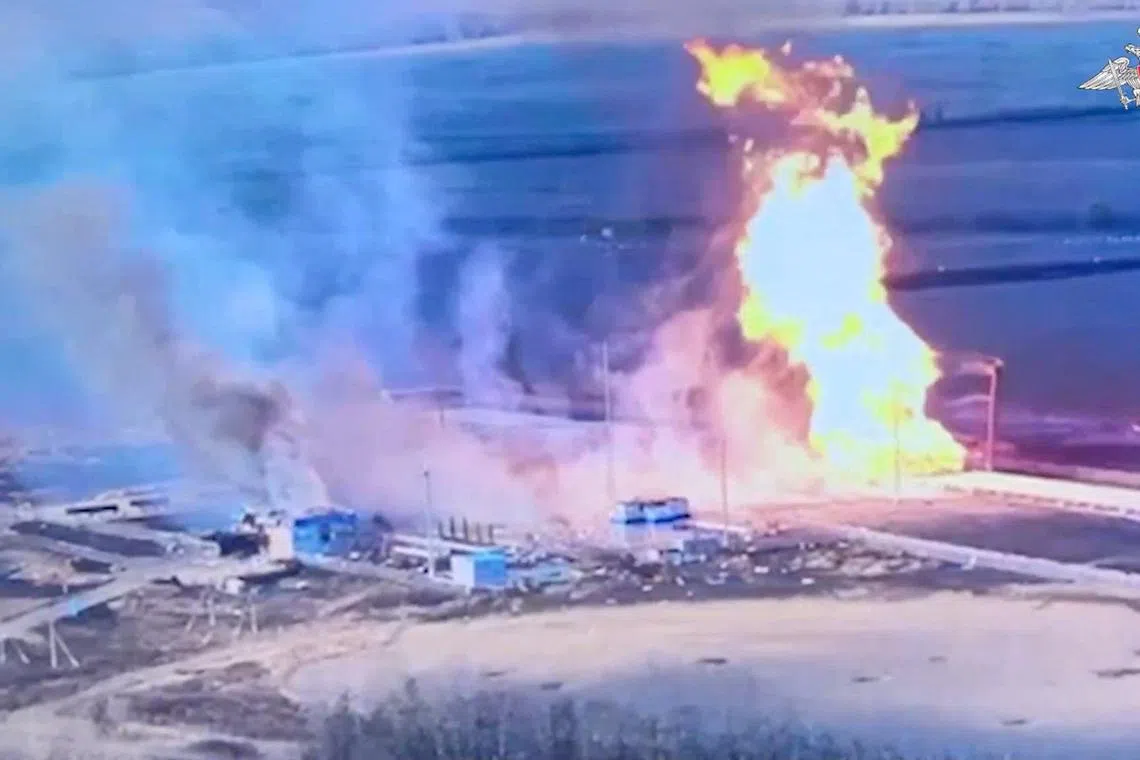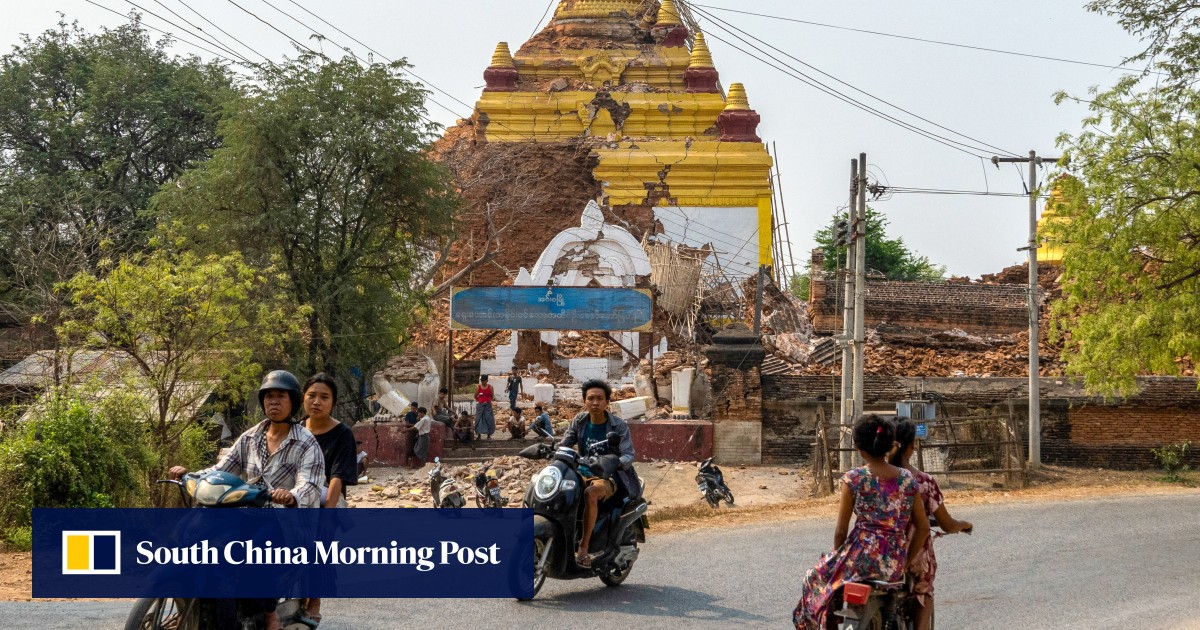In more ways than one, the painting is on the wall for a famed village in southern China where hundreds of studios and galleries – packed into narrow lanes and sprawling alleyways – peddle their original works and hand-painted reproductions of famous masterworks.
But many of the local artisans who punctuate Dafen village have refused to put down their brushes. A stroll through the village finds many of them at their canvas, carefully minding brush strokes to create vivid landscapes and portraits.
The 0.4 sq km (0.15 square mile) urban village was once a world-renowned centre for oil-painting reproductions. Today, on the outskirts of tech hub Shenzhen, much of Dafen is quiet – not the bustling scene it used to be. And for the village, the impact of China’s economic downturn is not only evident in the lack of foot traffic and online orders, it is also compounded by China’s rapid advancements in artificial intelligence (AI).
In the 1990s and 2000s, a big influx of migrant workers – many working shirtless, day and night – produced assembly-line knock-offs of works by Vincent van Gogh, Claude Monet, and other masters.
At its peak, from about 2005-08, Dafen village was reportedly responsible for about 60 per cent of the world’s oil-painting market. As if they were building a car one section at a time, to optimise efficiency, artists kept the process tight and fast. Each painter was responsible for the same small part – a repetitive task at which they became perfectionists with practice – and then passed it down the chain.
The model thrived, and the paintings sold.

 By South China Morning Post | Created at 2025-04-05 04:11:34 | Updated at 2025-04-05 12:42:21
8 hours ago
By South China Morning Post | Created at 2025-04-05 04:11:34 | Updated at 2025-04-05 12:42:21
8 hours ago








